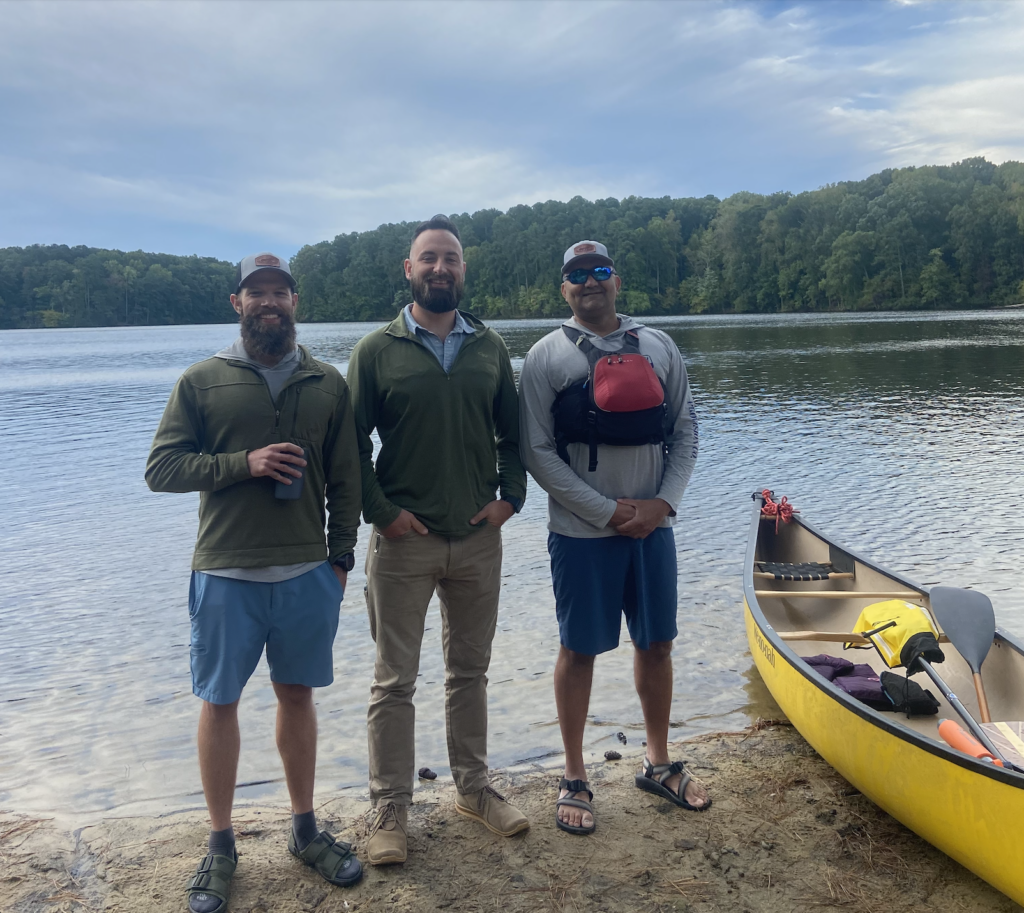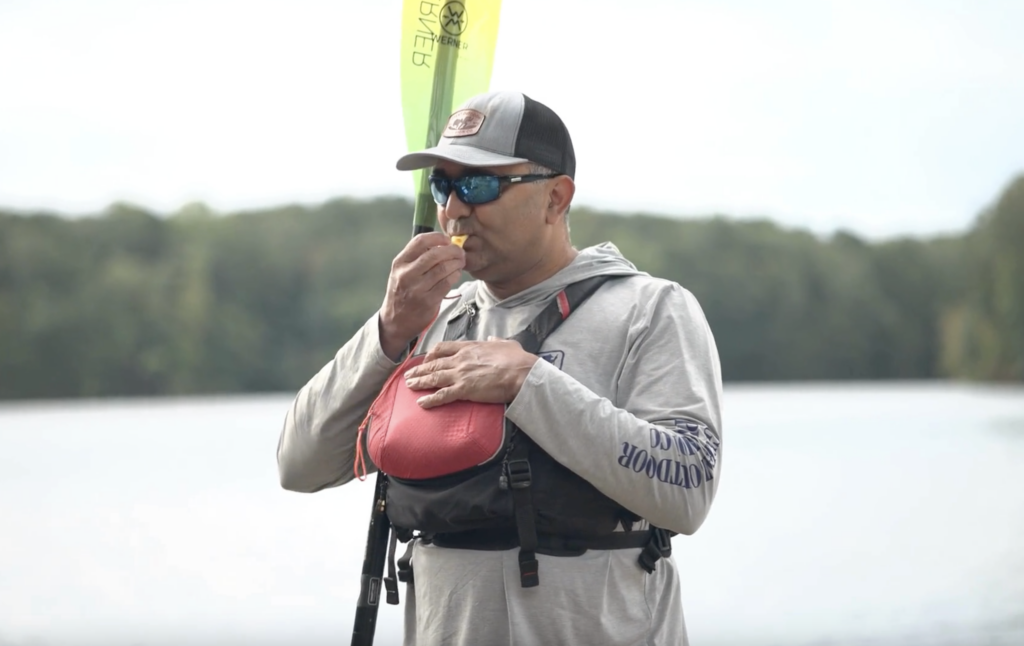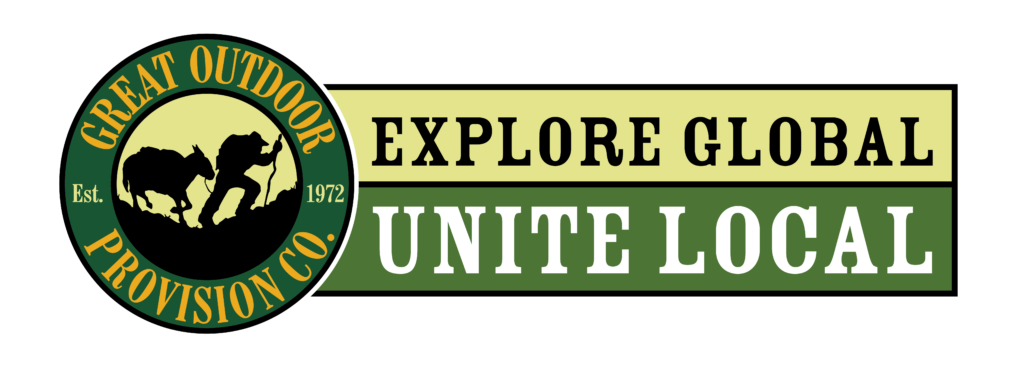In times of crisis, preparedness is like paddling a kayak through unpredictable waters—without it, the currents can pull you off course, but with the right gear and mindset, you can navigate even the roughest tides. Just as every kayaker needs to anticipate challenges and plan for their journey, communities benefit from preparing for crises, fostering resilience and unity along the way. By building readiness, we not only protect ourselves but strengthen the bonds that keep us paddling in sync toward a safer, united future.
Preparedness
So, you’re going on a paddle adventure. What essentials do you need?
- A PFD. A personal flotation device is what keeps you buoyant and keeps your head above water. While the water is tossing you around and you fight to get your bearings, this keeps you from sinking out of panic. In times of crisis, community support acts like a PFD—it provides essential protection and buoyancy when the waters get rough. Just as a PFD keeps you afloat in unexpected conditions, the strength of a united community can help individuals stay steady during difficult times. With the support of others, we can rise above the waves, ensuring that together, we stay afloat and navigate to calmer shores.
- A Whistle. This signaling device has a universal language to it out on the water. Blowing the whistle lets folks around you know that you need help. In the midst of a crisis, calling on your community for help is like blowing a whistle while paddling through a scary situation—it’s a signal that you need support, and it rallies those around you to respond. Just as a whistle cuts through the chaos to alert others, reaching out to your community during tough times can spark unity and action. By raising our voices together, we ensure our collective strength can guide us through life’s most turbulent waters.
- A Waterproof Phone Case. Bringing a waterproof phone and case out on the water is a smart move in case of an emergency, much like staying connected to your community during times of crisis. Just as a phone provides a vital line of communication when you’re far from shore, being engaged with your community ensures that help is just a call away when challenges arise. Preparedness isn’t just about having the right tools—it’s about fostering relationships and building a network of support. In both paddling and life, having reliable connections can make all the difference when you need them most.
- A Waterproof Headlamp. A headlamp on the water serves as a guiding light, helping you stay focused and see a clear path even in the darkest conditions. Similarly, in times of uncertainty, community support shines as a beacon, illuminating the way forward when the future feels unclear. Collective effort and preparedness help us focus on solutions and steer toward safety. Just as a headlamp cuts through the night, a united community provides clarity and direction, lighting up the way for all to navigate challenging times together.
Recovery
Sometimes crisis in unavoidable, no matter how prepared you are. When a crisis strikes, it often feels like being thrown from a boat into choppy waters—sudden, disorienting, and overwhelming. But just as there’s a process for climbing back into a kayak after a spill, there’s a series of actions we can take to regain stability in difficult situations.
- Get Your Boat Right-Side Up. Before you can get back in, you need to steady the vessel. In life, this means addressing the root of the problem and creating stability before moving forward. Just as flipping the boat back over is the first crucial step for a kayaker after a capsize, in a crisis, it’s about getting control of the situation so you can begin to recover.
- Get Back In The Boat. Regain your footing and find stability in the midst of chaos. In real life, this might mean taking a deep breath, reaching out for help, or drawing on the resources you’ve prepared ahead of time. Just as a kayaker needs to stay calm and focused to re-enter the boat, we must stay grounded and take that first action toward recovery.
- Pump The Water Out. The next task is to clear out the excess water weighing you down. This can translate to addressing the lingering issues or burdens that remain after the initial shock of the crisis. Just as a bilge pump helps restore buoyancy and keep the boat afloat, working through these challenges allows us to regain strength and move forward. Relying on community and preparedness, we can “pump out” the overwhelm and lighten our load, ensuring that we are ready to keep paddling together toward recovery.
- Get Back On Track. Once these steps are complete—flipping the boat upright, clearing out the water, and steadying yourself—you can get back on track and keep paddling forward. After addressing the crisis and lightening the burdens it brought, you’re ready to move ahead with clarity and purpose. Just as a kayaker finds their rhythm again after recovering from a capsize, we too can regain momentum and continue navigating toward our goals. Staying prepared and leaning on community, we can overcome setbacks and keep paddling forward, together, toward a brighter and more united future.
Whether it’s reaching out for support, assessing the situation, or drawing on our preparedness, each step brings us closer to getting back in the metaphorical boat. The Explore Global, Unite Local campaign highlights the importance of these collective efforts, showing that through unity and readiness, we can recover from life’s unpredictable waves and continue moving forward together.



